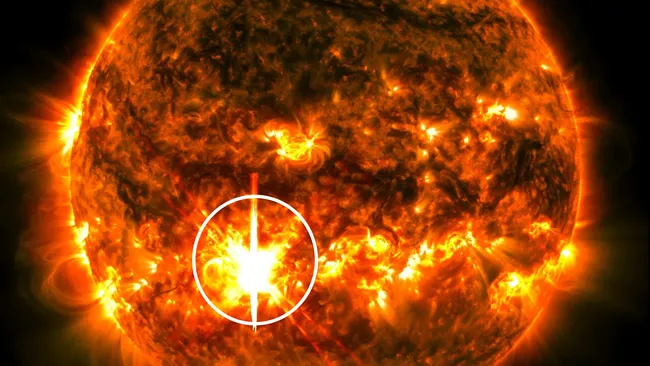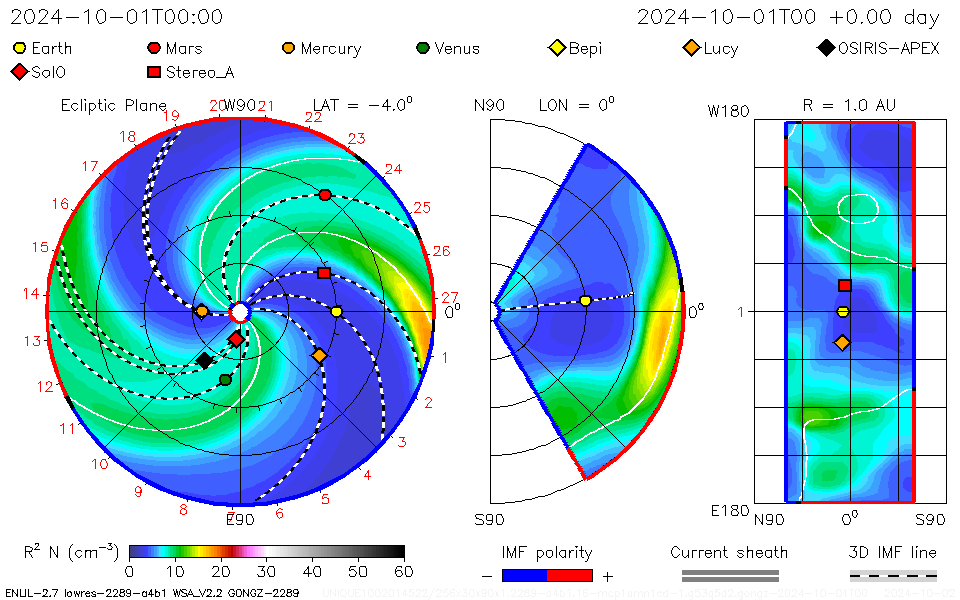The sun has unleashed an enormous X-class solar flare, temporarily triggering a radio blackout above parts of the U.S. and unleashing a hefty coronal mass ejection (CME) that will likely slam into our planet, potentially triggering vibrant aurora displays later this week.
The X-class solar flare — the most powerful type the sun can produce — exploded outward from sunspot AR3842 near the solar equator at around 6 p.m. ET on Tuesday (Oct. 1).
The flare had a magnitude of X7.1, making it the second most powerful solar explosion of the current solar cycle, Solar Cycle 25, which began in 2019.
Radiation from Tuesday's supercharged flare bypassed Earth's magnetic shield, or magnetosphere, and ionized the upper parts of the upper atmosphere, creating a temporary radio blackout above large parts of the Pacific Ocean, including Hawaii.
The explosion also hurled a CME — a cloud of fast-moving plasma and radiation — into space, which NASA predicts will collide with Earth on Saturday (Oct. 5).
Source
The X-class solar flare — the most powerful type the sun can produce — exploded outward from sunspot AR3842 near the solar equator at around 6 p.m. ET on Tuesday (Oct. 1).
The flare had a magnitude of X7.1, making it the second most powerful solar explosion of the current solar cycle, Solar Cycle 25, which began in 2019.
Radiation from Tuesday's supercharged flare bypassed Earth's magnetic shield, or magnetosphere, and ionized the upper parts of the upper atmosphere, creating a temporary radio blackout above large parts of the Pacific Ocean, including Hawaii.
The explosion also hurled a CME — a cloud of fast-moving plasma and radiation — into space, which NASA predicts will collide with Earth on Saturday (Oct. 5).
Source























